Adopting Starter Fertilizer
I have said that starters may be the next edge to growing high-yield soybeans after adopting early planting. Most starter trials show little yield response, but those trials were conducted with soybeans planted in May and often after May 10 or 15. Today soybeans are being planted 20 to 30 days earlier and the results may prove to be different. A question recently came in from a grower in Tazewell County on using starter fertilizer on soybeans and expressing some concern on seed safety. While he had record yields around 80 bu/A, he feels he can do better and [...]
Benchmarking Soybeans in Illinois
U.S. soybean yields have been trending upwards and Illinois soybean yields are running 6.5 bu/A above the trendline, according to the University of Illinois FarmDoc website. In the Illinois Soybean Associations Yield Challenge we have seen yields steadily increase over the past decade. In the early years most of yields were in the 50- to 70-bushel range. Today we see most entries in the 80- and 90-bushel range and a number over 100 bushels. The reasons for these dramatic increases have mainly to do with adoption of new best management practices and early planting, along with improvements in genetics [...]
Test Weight Matters in 2019: Part 2
I recently posted a blog, “Test Weight Matters in 2019”, that test weight was trending down this fall. It did really matter, but no one really seemed to care unless it dropped below 54 pounds. In the article I stated: “However, this (past) fall grain quality was an exception to the norm of No. 1 yellow soybeans resulting in empty pods, shrunken seed (low test weight), discolored and generally poor-quality beans.” The wet fall weather and delayed harvest were the culprits. Remember that buyers use 60 lb. test weight for soybeans to calculate bushels from delivery weight. Test weight [...]
Soybean Seeding Rates
Most growers with more than 20 years under their belt recall planting soybeans in narrow rows with a drill at populations of 225,000 to 275,000 seeds per acre. The high seed rates were a way to control weeds and secondly, drills literally pour seed instead of precisely placing it in the furrow. However, when Roundup Ready® seeds came on the market and weed control became much easier growers moved to planting soybeans in either 30-, 20- or 15-inch row spacing. At the same they begin dropping populations to 200,000 to 180,000 to 160,000 and now to 140,000. Of course, [...]
Double-Crop Conference
Double-cropping soybeans after wheat or other crops is a popular rotation that is more profitable than a single crop like corn. This rotation is practiced from Texas to the East Coast and as far north as Michigan and Ontario. In Illinois it’s primarily practiced in the southern third of the state. There are opportunities to improve the profitability and quality of wheat and yield and profitability of soybeans in the rotation by adopting the latest best management practices. In addition, research is showing that this rotation can move farther north in the state by adoption of the early wheat [...]
New Year Resolutions to Improve Soybeans
The New Year is upon us and it’s time to write some resolutions for next year for things to do differently. You may already be at the top of your ”soybean game”, but regardless all soybean producers should make a list of resolutions to better their game in 2019. 1. At the top of my list is seek out and test news ideas. Practices that other farmers are succeeding with is a good place to start. However, don’t be afraid to step out in front and be the first to try a new idea. New ideas can come from [...]
Planning for Soil Health in 2019
Improving soil health is in vogue and many conferences have been held and stories written on soil health and how to achieve it. Of course, you can always monitor the upper rooting profile with a spade and see how dark, crumbly and aromatic the soil is. Soil health is important, and it might just be the next factor you manage to increase yield. The Soil Health Institute (SHI) recently released Living Soil, a documentary about soil health. The film is available at www.livingsoilfilm.com. In their promotion of the film SHI writes: “Our soils support 95 percent of all food [...]
Should You Feed Soybeans Amino Acid Supplements?
I received a question via my ILSoyAdvisor column about whether a grower should apply a cocktail of amino acids to soybeans to make sure there are no shortages. Many growers are interested in increasing soybean yield today, and with all the products available can we mimic what we do for human health to improve soybean health? Seems logical, but then soybeans aren’t mammals like we are. Amino acids are components of protein and all living organisms require proteins. In plants, proteins are either enzymes that drive critical metabolic functions or storage proteins that are important components in end products. [...]
Maturity Group Considerations for Double-Crop Soybeans
Double-cropping soybeans after wheat lets a grower harvest three crops in two years. Recently, there has been a lot of interest in planting ultra-early wheats and harvesting at high moisture. This practice can enable growers to plant soybeans 5 to 10 days sooner and gain an addition bushel per acre per day in soybean yield. However, what is the right soybean maturity group (MG) to plant when double-cropped after wheat, barley or another crop? The general practice and rule of thumb has been to plant the same MG for double-crop soybeans as for full season soybeans. But is that [...]
Test Weight Matters in 2019
Test weight is important with corn because if it drops too low sellers are docked and buyers can even reject the grain. And corn with low test weight just doesn’t store that well. Iowa State University extension says, “By law, a “weight” bushel of corn is exactly 56 pounds, a soybean bushel is 60 pounds and a wheat bushel is 60 pounds, regardless of the test weight. Test weight is a general indicator of grain quality and higher test weight normally means higher quality grain.” What about test weight in soybeans? Should we concern ourselves with it? Earlier this [...]

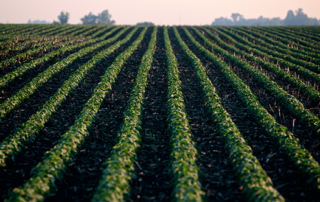
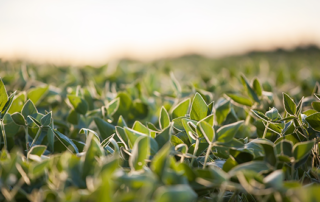
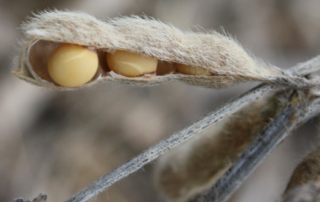
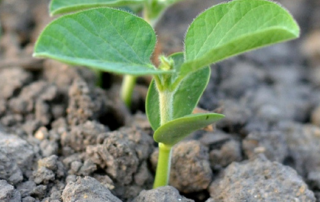
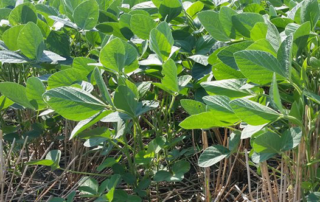
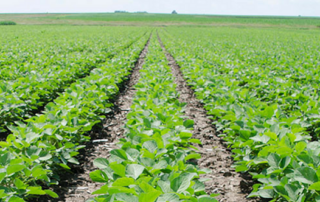
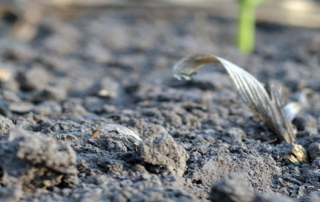
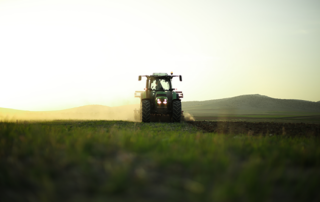
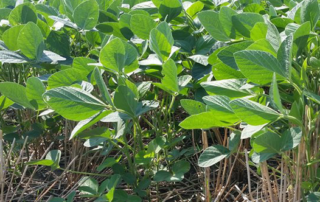
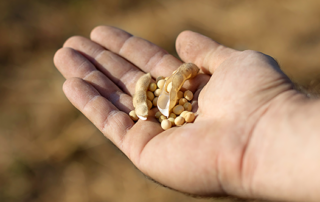

 and then
and then